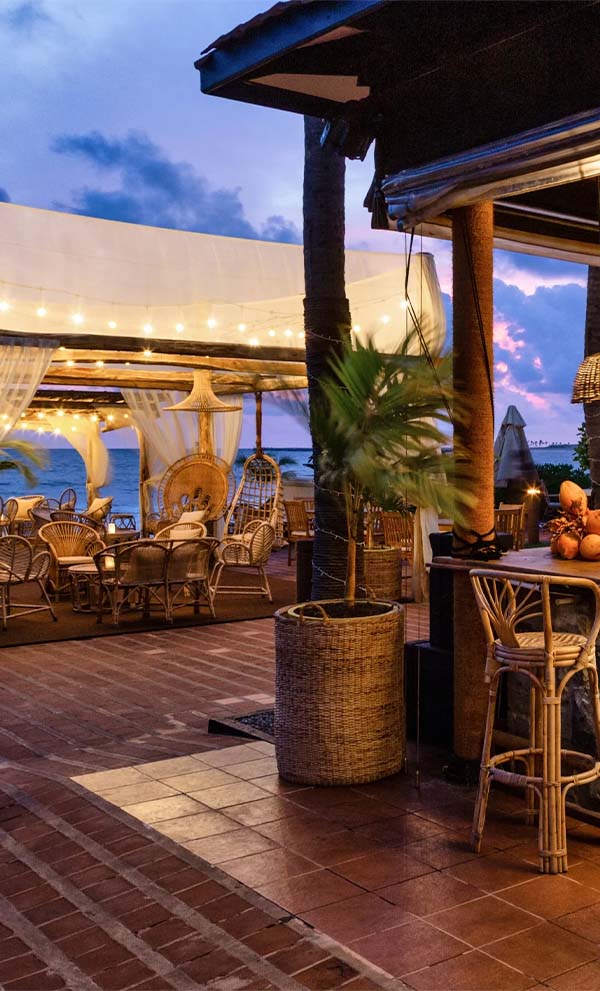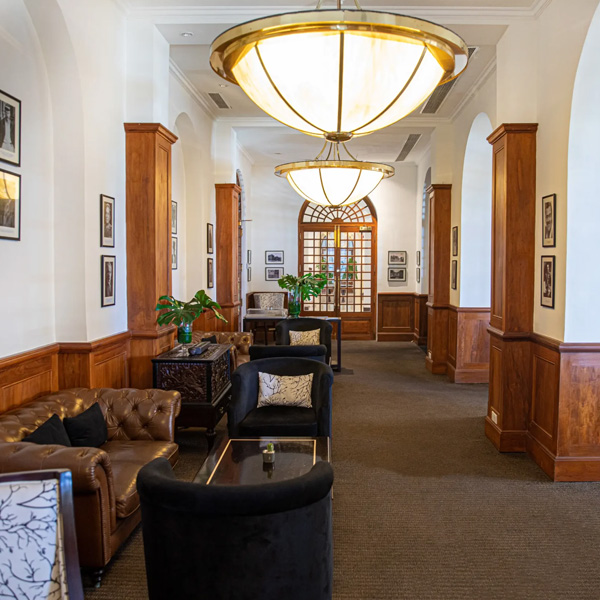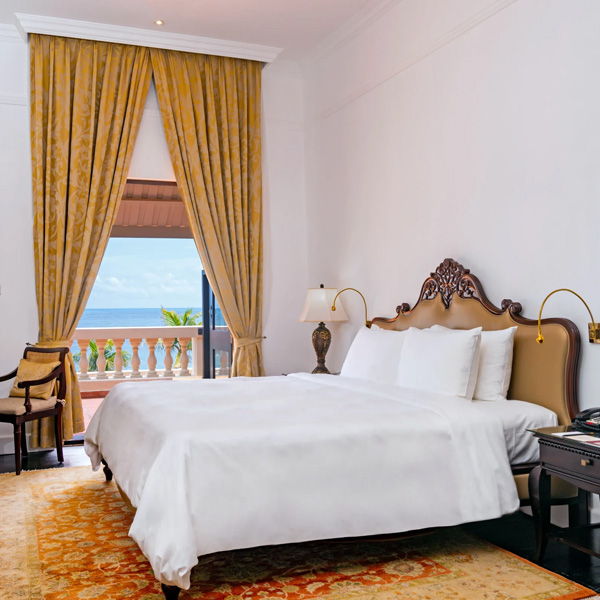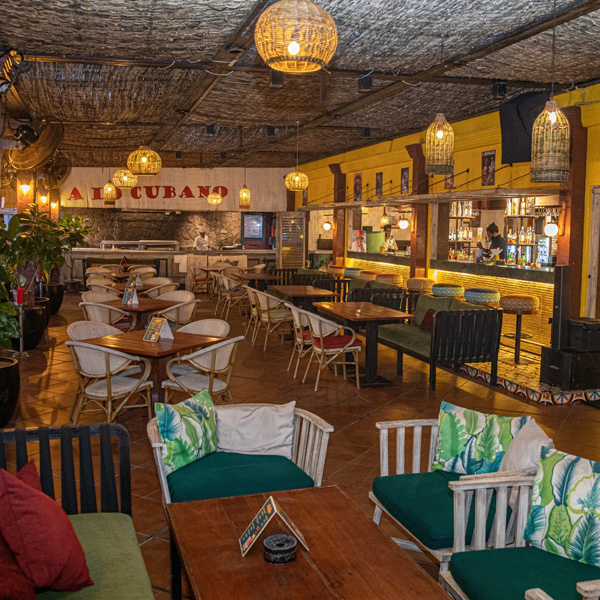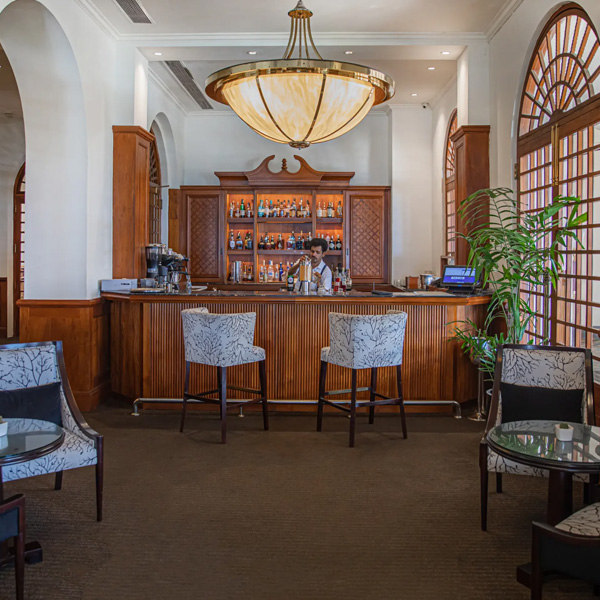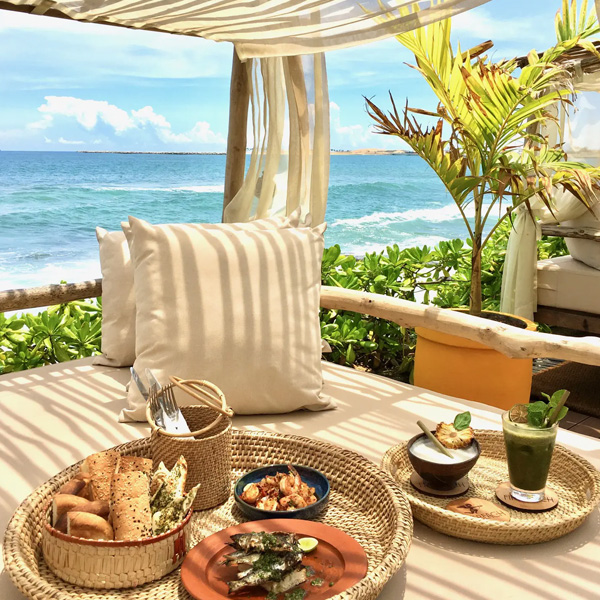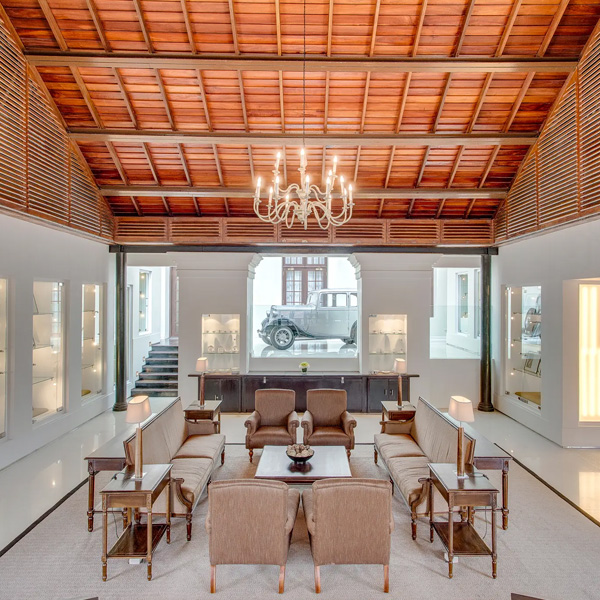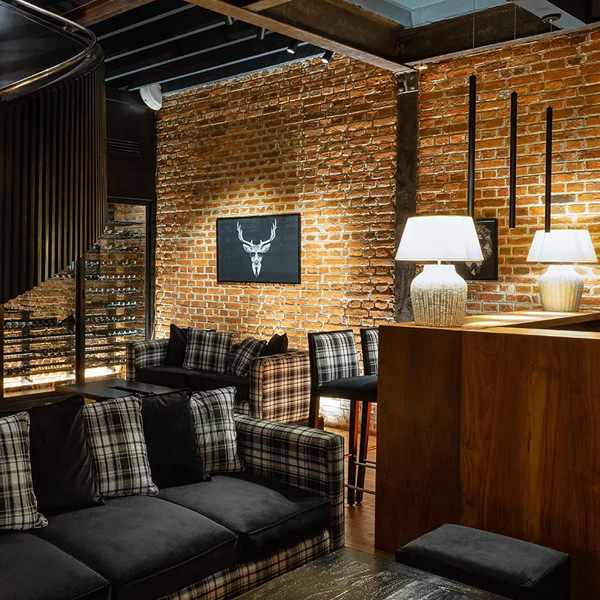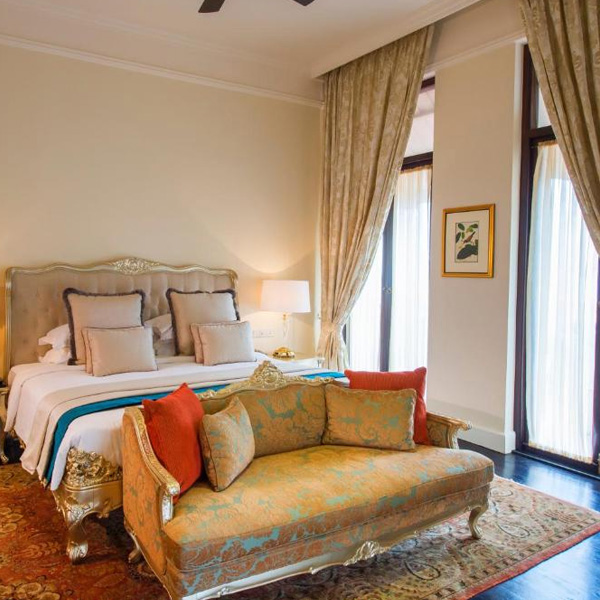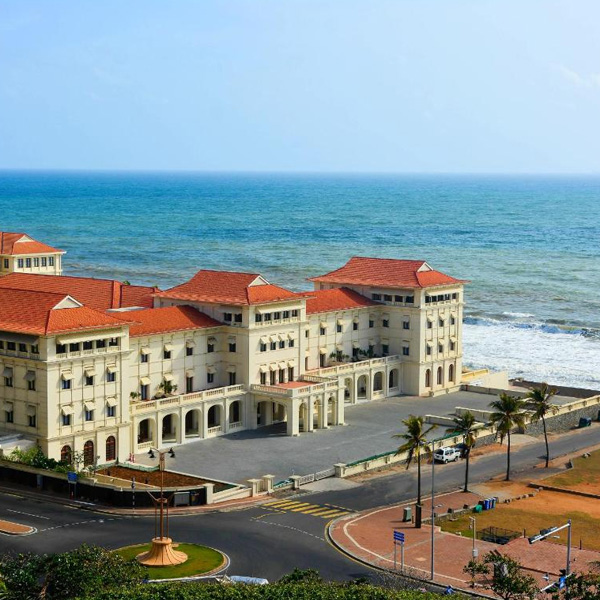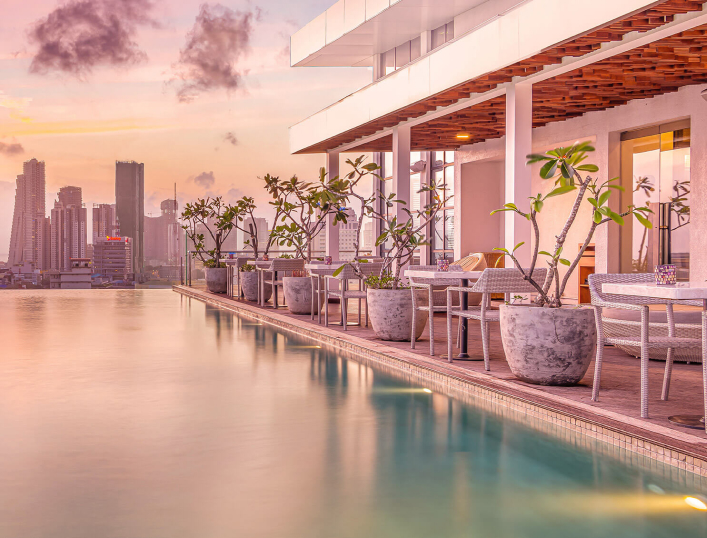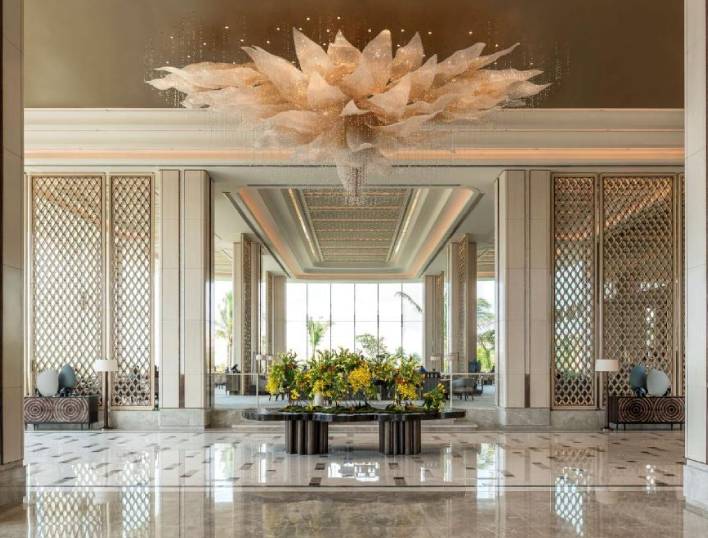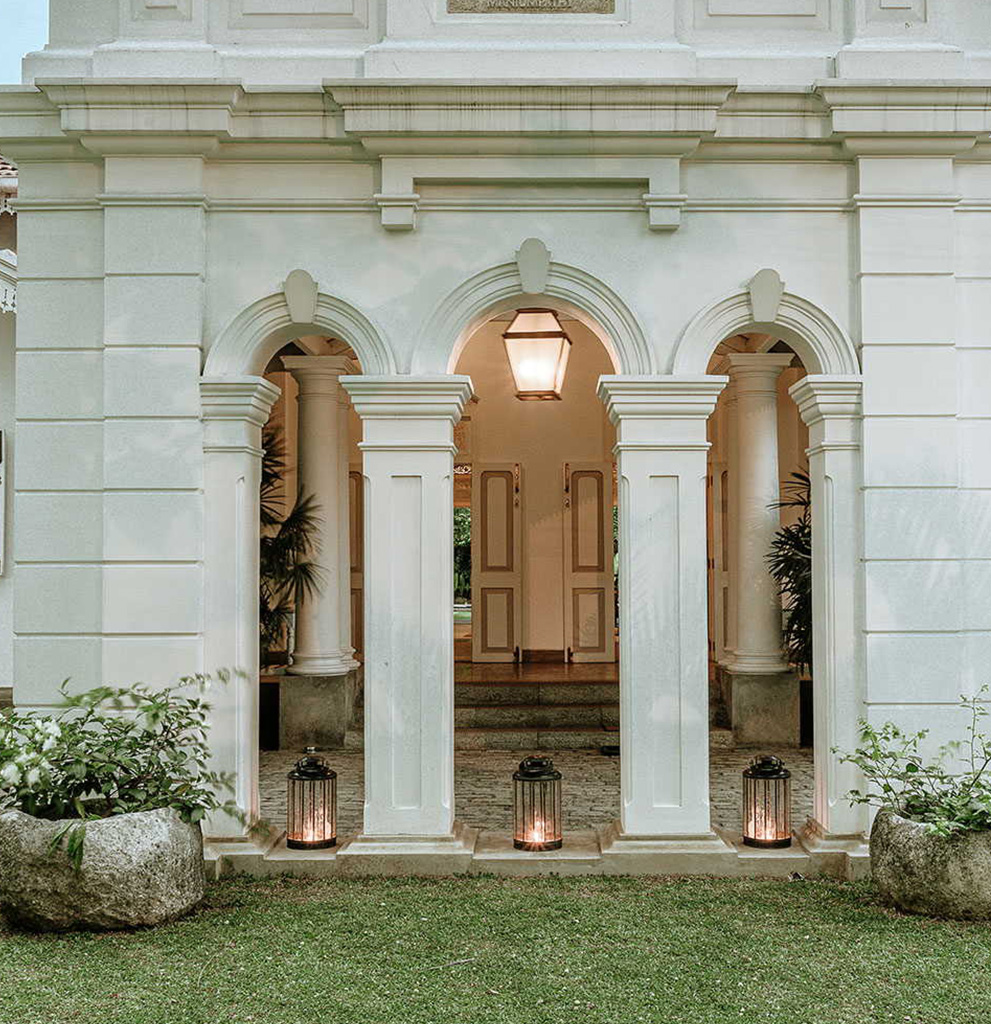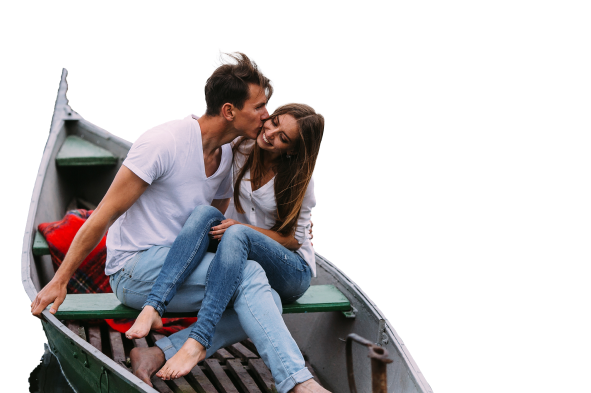Menu
WAY
A Legacy of Elegance and Heritage
Galle Face Hotel
colombo
Timeless Luxury by the Indian Ocean
Established in 1864, Galle Face Hotel is a symbol of colonial grandeur and Sri Lankan heritage. Overlooking the Indian Ocean, this iconic landmark offers world-class hospitality, exquisite dining, and an atmosphere steeped in history.
Galle Face Hotel is located along Colombo’s famous Galle Face Green, offering stunning oceanfront views and easy access to the city’s cultural, business, and entertainment hubs.
Galle Face Green
100 m | 1 min
Gangaramaya Temple
2.5 km | 8 min
Independence Square
4 km | 12 min
Pettah Market
3.5 km | 10 min
National Museum of Colombo
3 km | 9 min

